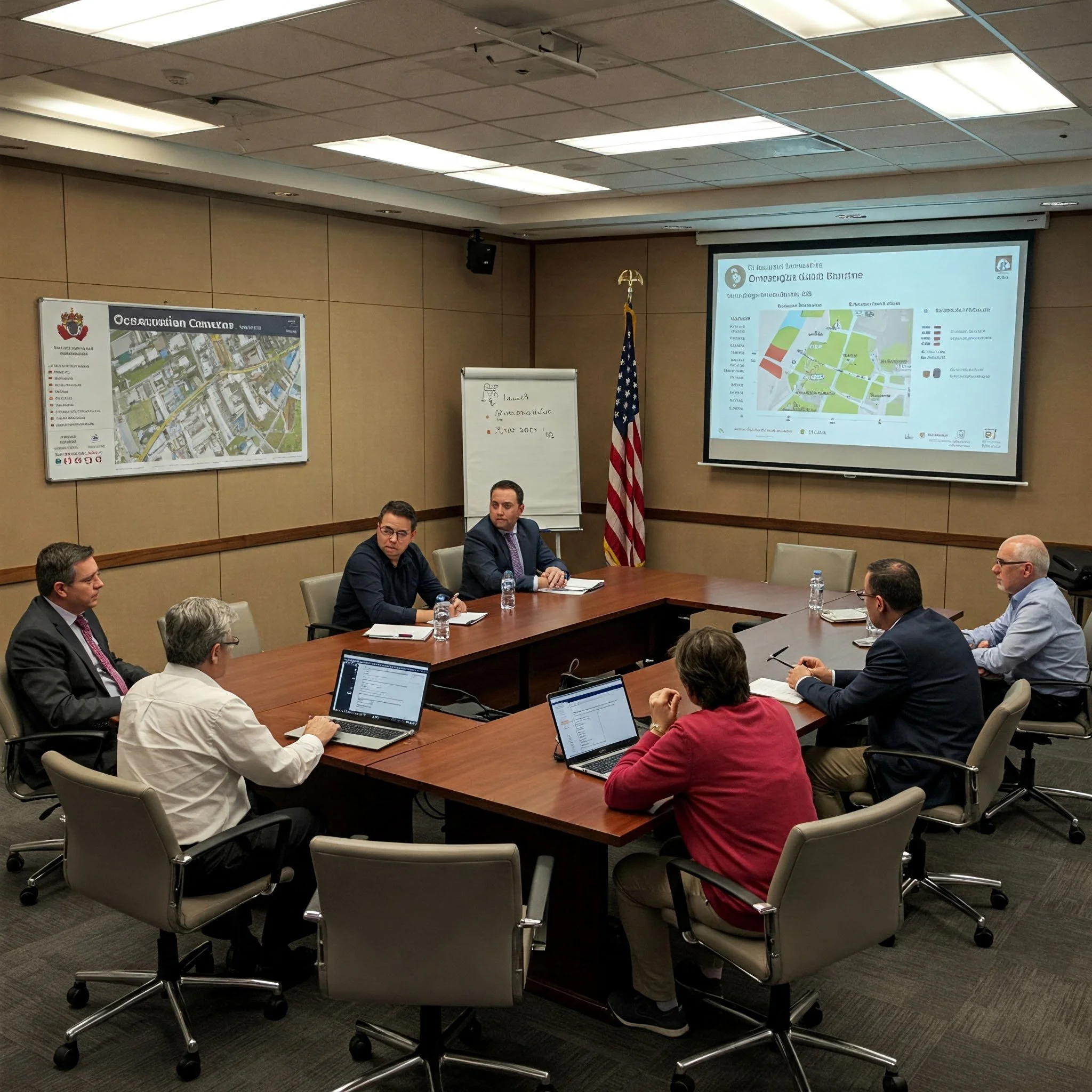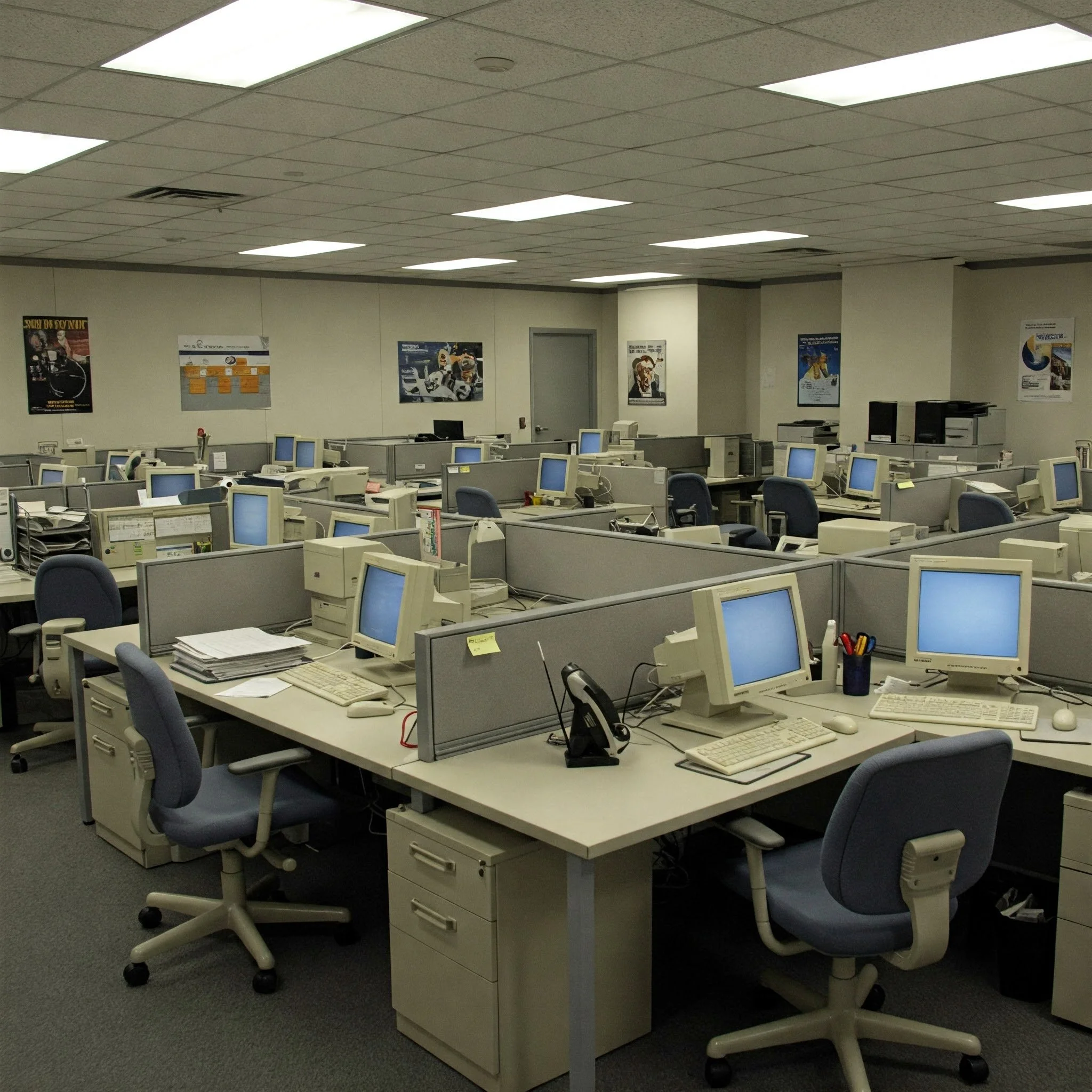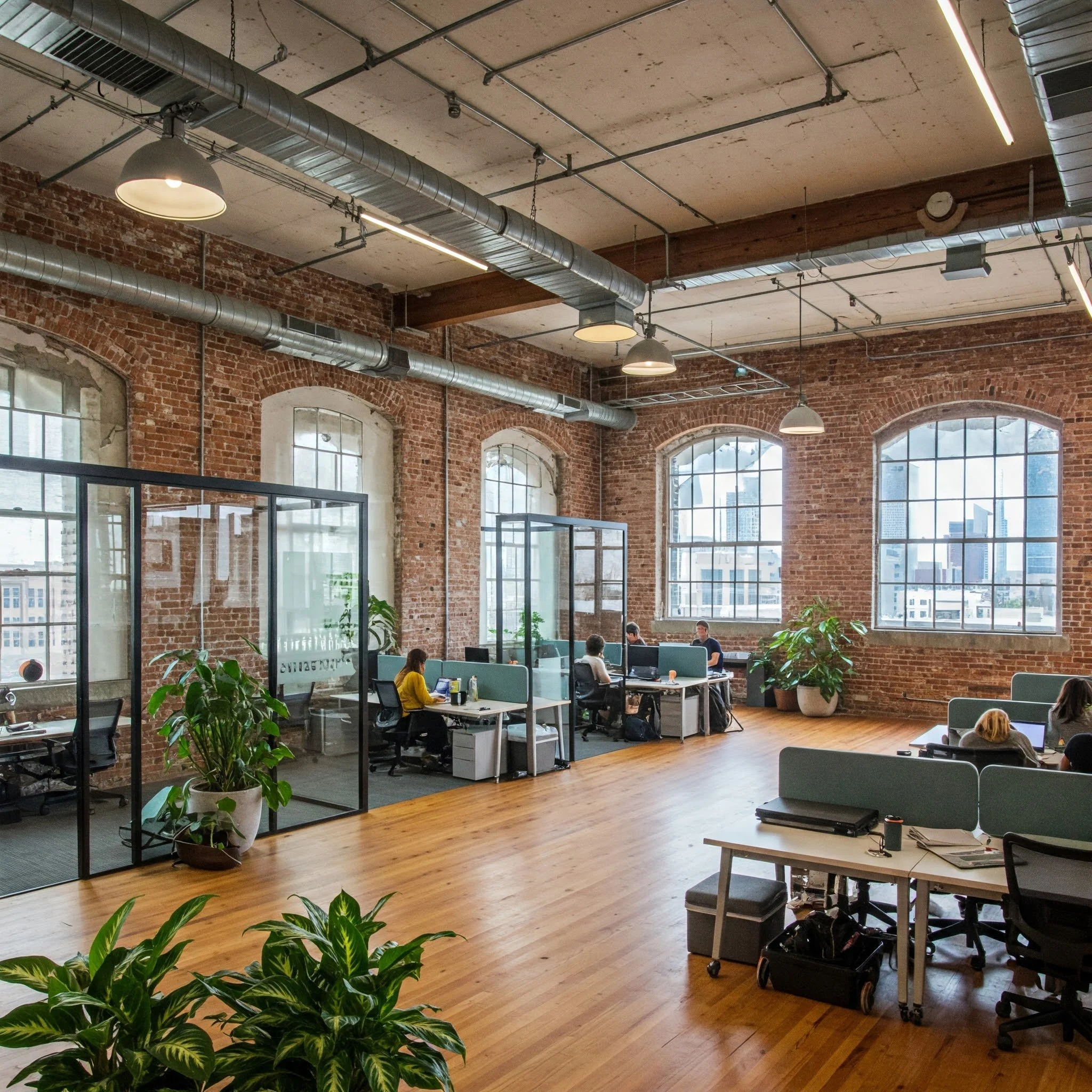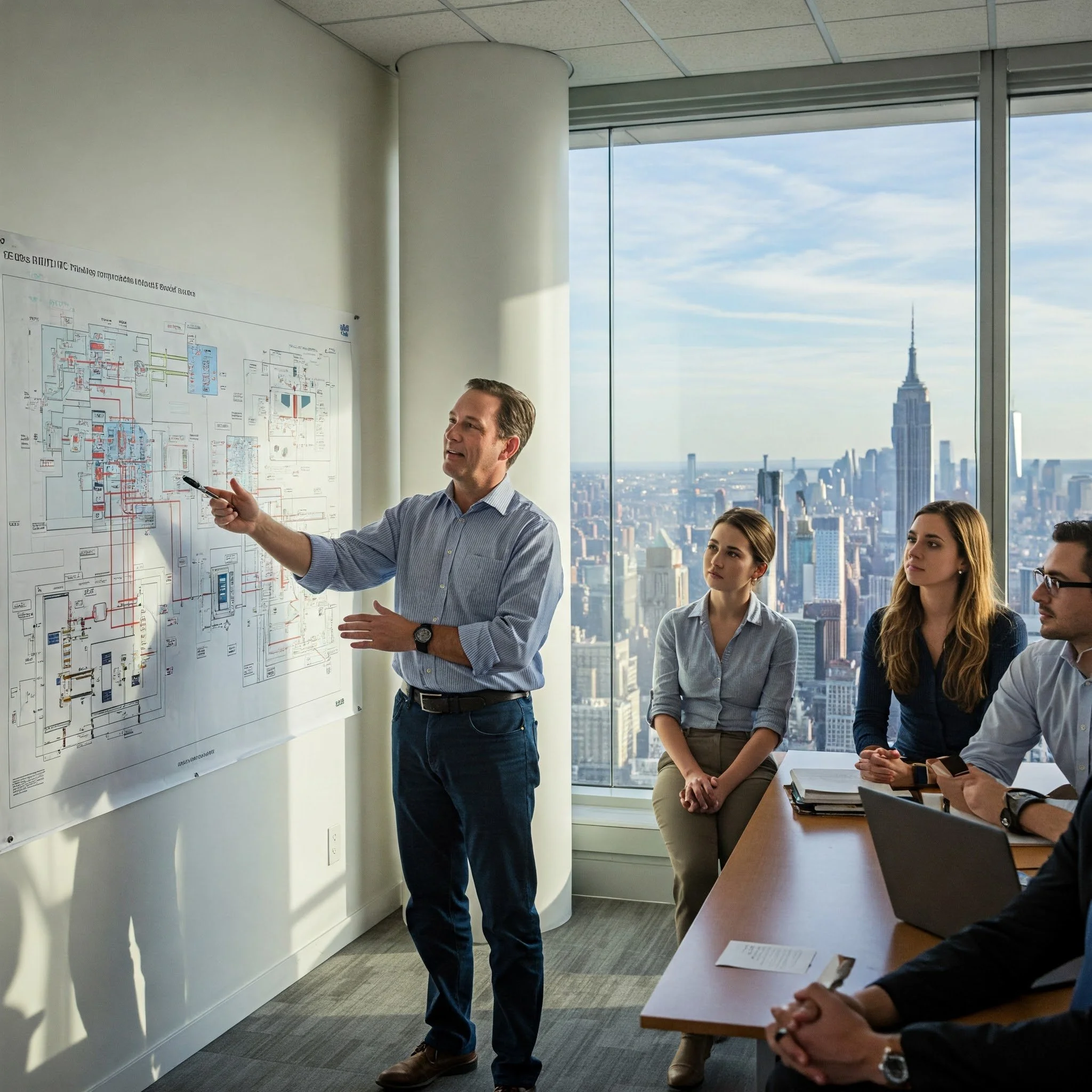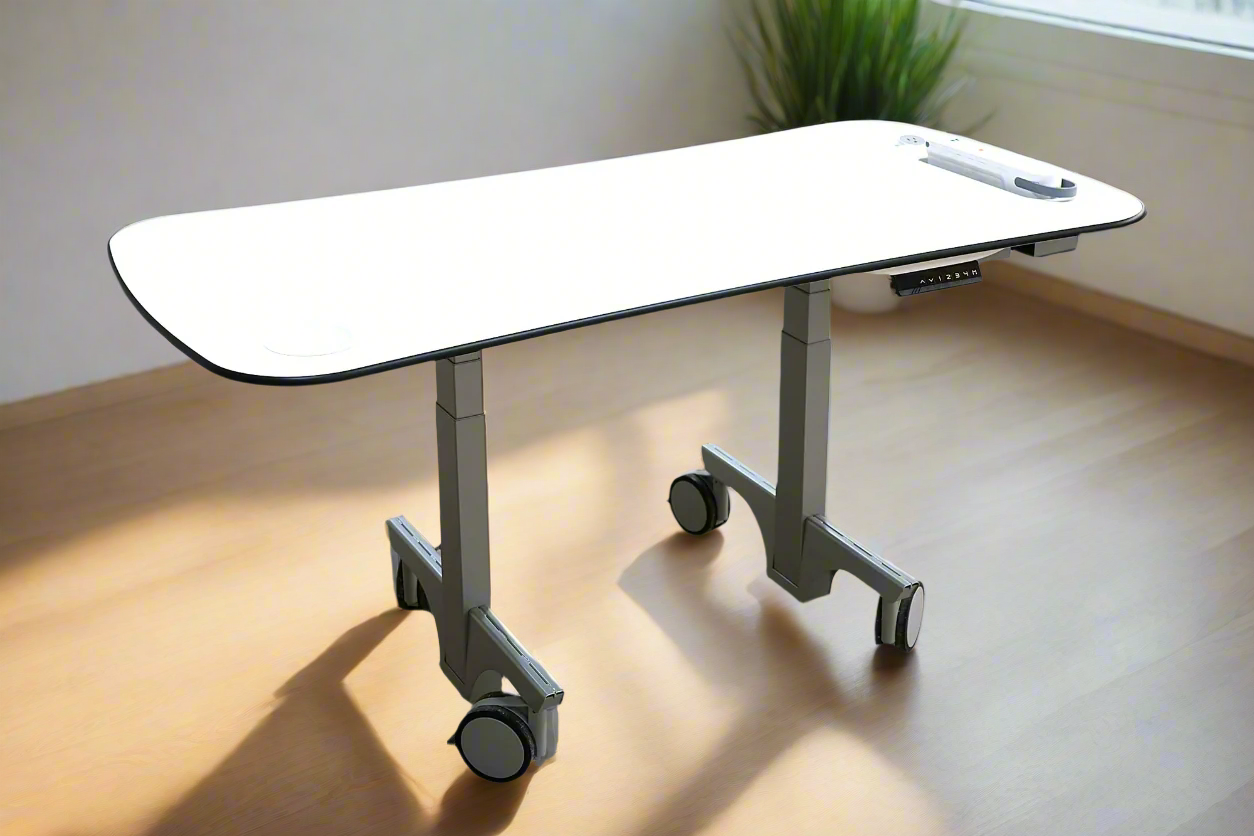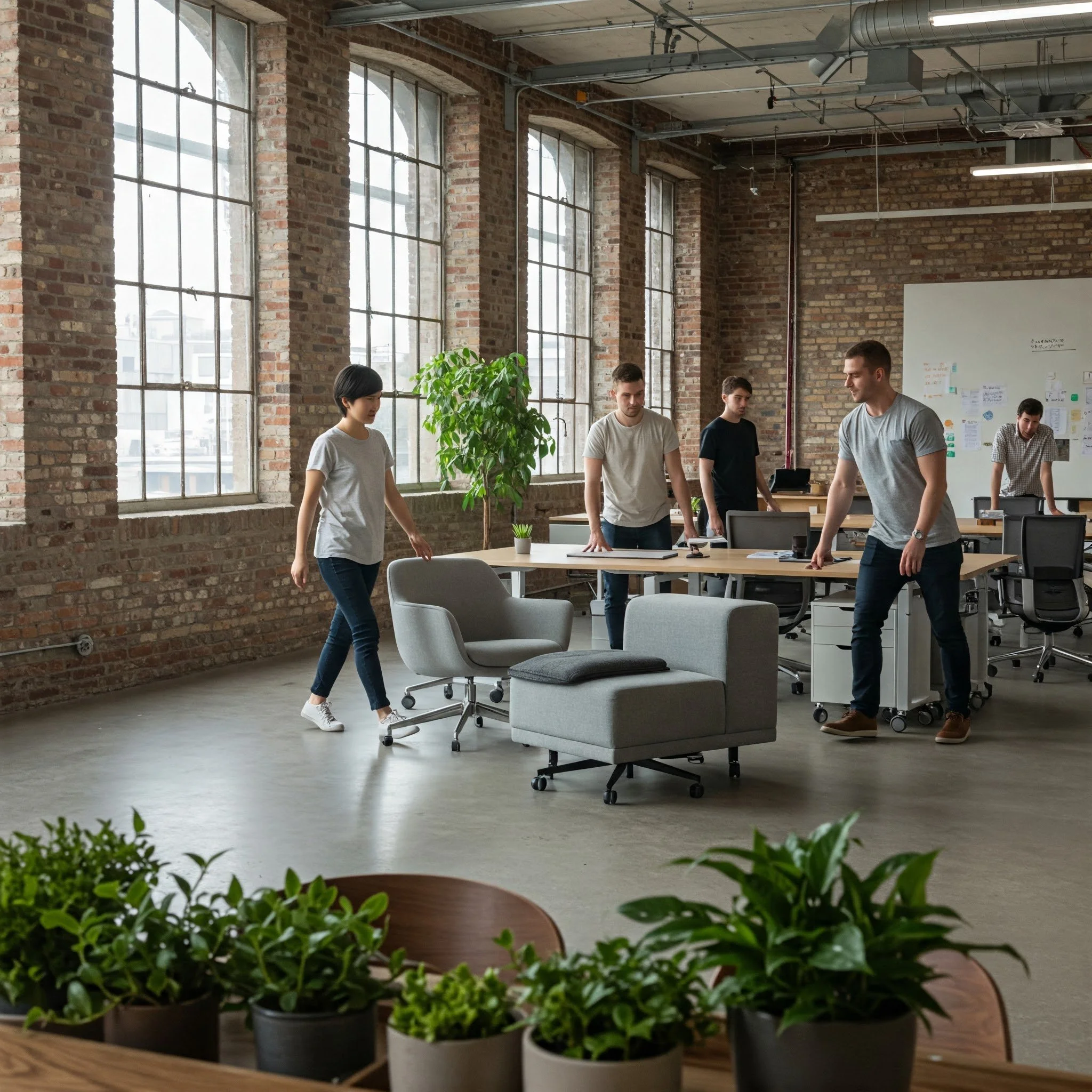From Vacant to Vibrant
The Power of Intelligent Retrofits to Revitalize Commercial Real Estate
By Robert Kroon
Sustainable, Agile, and Resilient Office Spaces Attract Modern Tenants
City officials gather to discuss revitalization strategies for the downtown core.
The commercial real estate landscape is undergoing a seismic shift. With rising construction costs, supply chain uncertainties, and an urgent emphasis on sustainability and resilience, new office construction is experiencing a noticeable slowdown. Compounding this, major US markets are seeing a surge in unoccupied older office buildings.
Vacancy rates in older commercial properties are reaching unprecedented levels, signaling a critical need for revitalization. This dearth of new builds, coupled with the glut of underutilized older spaces, presents a unique opportunity to reimagine existing structures, transforming them into modern, efficient, intelligent, and resilient workspaces through strategic retrofitting. Critically, this need is amplified by the looming electrical power crisis, driven by the exponential growth of AI and data center demands, which necessitates a focus on energy efficiency and resilient power solutions in building retrofits.
The Vacancy Challenge and the AI Power Surge
A likely starting point. This circa 1995 office may be unoccupied today. And likely stay unoccupied unless there is an intelligent retrofit.
Executing an intelligent retrofit: the “Industrial Chic” approach to renovation not only appeals to younger workers, but also saves money that can be spent on changes such as efficient HVAC systems, high-speed internet connections, energy-efficient DC power upgrades, and agile furniture.
The issue of unoccupied older office buildings is particularly acute in the top US markets. Cities like New York, San Francisco, Los Angeles, Chicago, and Boston are grappling with historically high vacancy rates in older commercial properties. This trend is driven by factors such as shifting workplace preferences, the rise of remote work, and a demand for modern, amenity-rich office spaces. These unoccupied buildings represent a significant untapped resource. To illustrate the scale of the challenge:
Vacancy rates in older Class B and C office buildings in downtown San Francisco have surged to alarming percentages in recent years.
In New York City, millions of square feet of older office space remain vacant, representing a significant financial burden on building owners.
Chicago's downtown core has seen a substantial increase in vacant office space in buildings older than 20 years.
These situations underscore the urgent need for innovative solutions, such as intelligent retrofitting, to address the growing problem of unoccupied older buildings in prime US markets. Furthermore, the rapid expansion of AI and its associated data center infrastructure is predicted to place unprecedented strain on electrical grids, potentially leading to widespread power shortages between now and 2030. This looming power crisis makes energy efficiency and power resilience paramount in any building retrofit strategy.
Beyond Bricks and Mortar
Your electrical engineering partner can explain how microgrids and DC power can be installed in a retrofit building. August Berres can provide a Request for Proposal (RFP) template for building owners and architects to start the discussion process. Fill out the form at the end of this article to get a copy.
Let's dispel the myth that only new construction can deliver cutting-edge workspaces. Intelligent retrofits, when executed strategically, can achieve functional parity and, in some cases, surpass new buildings.
Modern building management systems, advanced electrical infrastructure, and Agile Furniture solutions can be seamlessly integrated into existing structures, offering the same level of technological sophistication and adaptability. Don't mistake 'older' for 'obsolete.'
With the right upgrades, retrofitted buildings can boast superior energy efficiency, enhanced resilience through microgrids, and adaptable spaces that cater to the evolving needs of the modern workforce. In a future of power uncertainty, the ability to generate your own power is a massive advantage.
In a world increasingly driven by technology, the demands placed on office buildings are evolving rapidly. Today's workforce expects seamless connectivity, personalized environments, and spaces that foster collaboration and productivity.
A battery-powered workstation such as this Respond! 2.0 desk from August Berres eliminates the need to install 120V wiring to every workstation. Plus, the mobility features enable Agile Workplaces. Deploying agile furniture solutions is one way a retrofit can exceed the capabilities of an existing but newer facility with tethered workstations.
A core component of this evolution is the rise of the Agile Workplace, a concept centered on flexibility, adaptability, and employee empowerment. While newly constructed "smart buildings" are designed from the ground up to meet these needs, the reality is that many businesses find themselves housed in older structures. Compounding the challenge, building owners are often faced with declining occupancy rates as tenants seek more modern, adaptable spaces.
This is where the intelligent retrofit, coupled with Agile Furniture solutions and advanced, resilient electrical infrastructure, becomes essential. It's not simply about updating aesthetics; it's about integrating cutting-edge technologies, sustainable practices, and robust power systems to create workspaces that rival, and in some cases, surpass their newly built counterparts, while offering a compelling solution for owners facing occupancy challenges and the challenges of the coming power crisis.
Energy Efficiency, Sustainability, the Adaptable Workspace, and Modern Electrical Systems:
A single fault-managed power receiver can charge 24 portable batteries. The combination of fault-managed power and battery-powered workstations eliminates substantial amounts of electrical infrastructure. Many older buildings lack the necessary structural pathways for the required number of 120V circuits in an all-computer work environment.
Retrofitting offers a significant opportunity to improve energy efficiency. Upgrades such as advanced insulation, high-performance windows, and renewable energy integration, coupled with efficient electrical systems, can dramatically reduce a building's carbon footprint and the operating costs to the owner.
Agile workplaces require the ability to rapidly change configurations, and retrofits allow the infrastructure needed to support these changes. Modern electrical systems allow flexible power distribution.
Crucially, retrofitting minimizes the embodied carbon associated with new construction, making it a more environmentally responsible choice. In an era of climate consciousness and impending power shortages, this is a significant advantage, and can be used as a selling point.
The Future of Work is in the Agile, Electrically Resilient Retrofit: A Win for Cities, Owners, and Tenants in the Age of AI
When furniture is mobile and battery-powered, facility rearrangements are quick and easy. Changing layouts enables a more efficient use of space.
Intelligent retrofits are not a compromise; they are a strategic advantage. The future of sustainable, resilient, and adaptable workspaces lies in intelligent retrofit. Don't underestimate the power of transformation. Retrofitting can breathe new life into existing buildings creating spaces that inspire innovation and productivity.
As the demand for sustainable, intelligent, and resilient workspaces continues to grow, intelligent retrofits, combined with Agile Furniture, Agile Workplace principles, and advanced, resilient electrical infrastructure, will play an increasingly vital role. By embracing innovation, prioritizing efficiency, fostering adaptability, and investing in robust power systems, building owners can transform existing buildings into assets that meet the needs of the modern workforce, attract and retain tenants, and contribute to a more sustainable and reliable future in an AI-driven world.
The era of the agile, electrically resilient retrofit is upon us, and it's reshaping the way we think about the built environment—offering a powerful solution for those seeking to revitalize underutilized spaces and prepare for the challenges of the coming decades.


